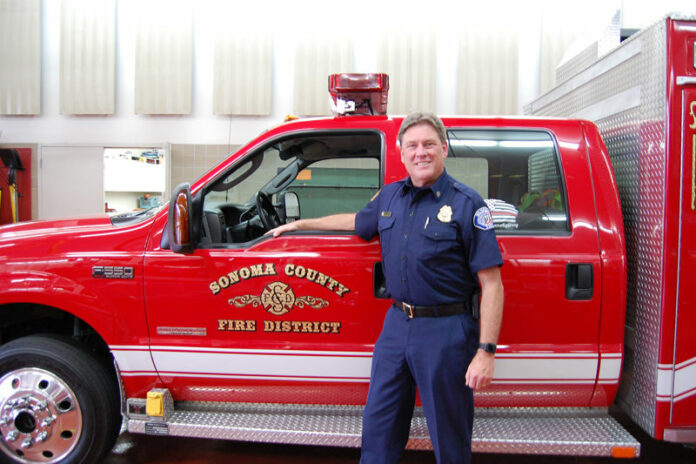A new one-time fire impact fee will be imposed on new developments in Windsor on behalf of the Sonoma County Fire District (SCFD).
At their Sept. 1 meeting, the Windsor Town Council heard a presentation from SCFD representatives, who impressed the need for the passage of the fee immediately, following delays during the spring. The council ultimately voted unanimously to establish the fee.
The fee will help the consolidated fire department construct new facilities, like a third fire station in Windsor, and to purchase equipment. However, the high fees come at the cost of creating another potential barrier to much-needed residential development in the town.
Cyndi Foreman, SCFD battalion chief and fire marshal, said the old fee system was outdated, and underrepresented the true impacts of providing emergency services to Windsor.
“We need to be able to continue to provide the stellar fire and emergency medical services this town has come to expect from their fire department,” Foreman said. “To do that, we need this critical fee schedule adopted tonight.”
Foreman said that currently, Windsor’s impact fee is one of the lowest in the county.
The town will collect the fee, which can be adjusted on an annual basis, on behalf of SCFD, however, they are indemnified from any liability in how the funds are used. Uses are restricted to the provision of new equipment, so the fee cannot be used to repair existing infrastructure, but only construct new infrastructure, for instance.
The increase in costs to developers created by the new fee is substantial. Fire impact fees applied to single- and multi-family residential developments will increase about 150%, at a cost of $1.62 and $2.14 per square foot, respectively. For a representative new single family home, this would raise the current fee of $1,151 to $1,703 — a $552 increase.
For nonresidential developments, the fee increase is even greater — at nearly 600% of the currently imposed fees.
There are exemptions for government buildings, reconstruction projects and accessory dwelling units under 700 square feet, however, there are currently no exemptions for affordable housing developments — a housing type of which Windsor is in dire need.
Council members all supported the new fee, however, they also expressed dismay over the effect fee increases may have on the feasibility of future developments.
“This is going to impact our ability to build. It’s not going to impact the homebuyer, it’s going to impact the developer,” Mayor Sam Salmon said. “I’ve lost a lot of sleep over this.”
Salmon referred to the Aug. 18 council meeting when the council discussed how fees related to an inclusionary housing ordinance affected project feasibility. He said consultants found that even with the removal of the inclusionary housing ordinance’s in-lieu fee, certain types of residential development would be infeasible for developers; the fire impact fee, while necessary, will further complicate Windsor’s struggle to get housing units built.
Municipalities like Windsor must build a certain number of housing units at various income levels during each eight-year Regional Housing Needs Allocation (RHNA) cycle. In August, Windsor Community Development Director Jessica Jones told SoCoNews that, as of the last counting in 2020, Windsor failed to meet its RHNA numbers for the eight-year cycle ending in 2023. The town is looking at a 126% increase in its total RHNA numbers next cycle, with 994 units required by 2031 versus 440 during the current cycle.
Failure to meet RHNA numbers could have funding implications, and also permits a ministerial process for development in the town, which means city officials will have less control over what kind of developments it can approve.









